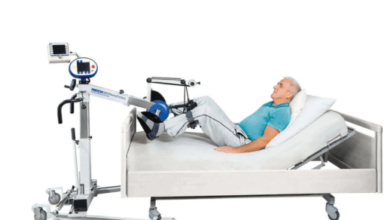Where Is the Control Panel on a Carrier Air Conditioner
If you’re a proud owner of a Carrier air conditioner, you’re probably enjoying the benefits of efficient cooling and comfort during hot days. However, like any complex appliance, there might come a time when you need to interact with its control panel for various reasons. Whether it’s adjusting the temperature, setting a timer, or troubleshooting an issue, understanding the layout of the control panel is essential. In this article, we’ll walk you through the ins and outs of locating and using the control panel on a Carrier air conditioner.
Carrier air conditioners are renowned for their innovative technology and user-friendly designs. To harness the full potential of your Carrier air conditioner, it’s crucial to be familiar with its control panel layout and functionalities.
Understanding the Control Panel
The control panel of a Carrier air conditioner serves as the central hub for interacting with the unit. It houses a variety of buttons, icons, and displays that allow you to manage settings and customize your cooling experience. From basic temperature adjustments to activating advanced features, the control panel is where the magic happens.
Locating the Control Panel
In most Carrier air conditioner models, the control panel is typically located on the front side of the indoor unit. The design might slightly vary based on the specific model, but it’s commonly placed within easy reach for convenient access. Some models also come with a remote control that mirrors the functions of the physical control panel.
Primary Functions and Icons
The control panel features several primary functions represented by icons. These icons often include temperature controls, mode selection (cooling, fan-only, etc.), fan speed adjustments, and power buttons. Each icon is designed for intuitive use, ensuring that you can quickly navigate through the available options.
Adjusting Temperature and Settings
To adjust the temperature on your Carrier air conditioner, locate the temperature control buttons on the control panel. You can usually increase or decrease the temperature in small increments until you find your desired comfort level. Additionally, the control panel allows you to set preferences such as fan speed and mode of operation.
Setting Up a Timer
Many Carrier air conditioner models come equipped with a timer feature. This feature enables you to set specific times for the unit to turn on or off. It’s particularly useful if you want to cool your space before you arrive home or conserve energy by turning off the unit automatically during specific hours.
Using Advanced Features
Carrier air conditioners often offer advanced features to enhance your comfort. These features might include sleep mode, energy-saving mode, and even Wi-Fi connectivity for remote control through a smartphone app. Exploring these features through the control panel can significantly improve your cooling experience.
Troubleshooting Common Issues
If you encounter any issues with your Carrier air conditioner, the control panel can provide valuable diagnostic information. Error codes and indicators on the panel can help you identify the problem and potentially resolve it before seeking professional assistance.
Maintenance Tips for the Control Panel
To ensure the longevity of your Carrier air conditioner’s control panel, it’s essential to keep it clean and free from dust or debris. Use a soft, dry cloth to wipe the panel gently. Avoid using harsh chemicals that might damage the surface or icons.
In conclusion, the control panel of a Carrier air conditioner plays a pivotal role in optimizing your cooling experience. By familiarizing yourself with its layout and functionalities, you can effortlessly tailor your indoor climate according to your preferences.



